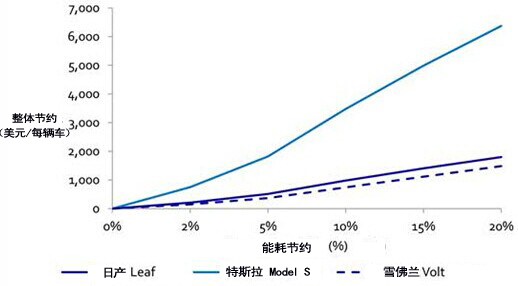
- Home
- About Us
- Products
- Product knowledge
-
News Center
News Center
- Contact Us





The Tesla pure electric vehicle, which has been hot for over half a year, not only leads the world market, but also drives the development of China's automotive market towards the field of new energy and new power technology. Behind the thriving Tesla is the further development of silicon carbide technology and the increasing maturity of new applications.
Wide bandgap materials such as silicon carbide and gallium nitride are increasingly being valued in the field of pure electric vehicle technology, especially in the manufacturing of automotive batteries. According to Lux Research Institute's prediction, silicon carbide may fully replace silicon in the manufacturing of automotive batteries by 2020.
Economists are also interested in wide bandgap materials. For a Tesla Model S, using silicon carbide batteries can achieve 20% energy savings, which is equivalent to a $6000 reduction in battery manufacturing costs and an 8% reduction in overall car costs. For car manufacturers, the manufacturing of car batteries has always been one of their cost concerns.
According to Pallavi Madakasira, a researcher at Lux Institute, efficient power electronic devices can greatly reduce the size of a car's battery, thereby further optimizing the car's wiring, heat management, and overall weight. Entertainment audiovisual devices and electronic screens inside cars add many additional power components during the manufacturing process.

The future application of wide bandgap materials in the automotive industry mainly benefits from the following points:
Lower energy-saving threshold:
If the battery cost is reduced to $250/kW and energy savings of 2%, then silicon carbide crystal diodes are the only and more cost-effective solution for pure electric vehicles. In fact, pure electric vehicles that require plugging in typically have an energy-saving limit of around 5%, greatly reducing the threshold for energy savings.
Low technical limitations:
At present, in terms of technological development level, the research and application of silicon carbide crystal diodes are more mature than gallium nitride technology and can enter the market as early as possible. According to the technology development roadmap provided by Lux, silicon carbide crystal diodes may be fully applied in automotive production by 2020.
Government policy support:
At present, major automobile producing countries such as the United States, Japan, and the United Kingdom provide special funds for the research and application of power electronic equipment. The US Department of Energy has also invested $690 million this year in the research and development of silicon carbide automotive batteries. The Japanese government has also partnered with well-known automotive giants such as Toyota, Honda, Nissan, and universities to establish a production university research system.
According to a report in July, 25 power and energy companies from 14 countries around the world have started providing customers with quotes and tariffs for silicon carbide power electronics vehicles.